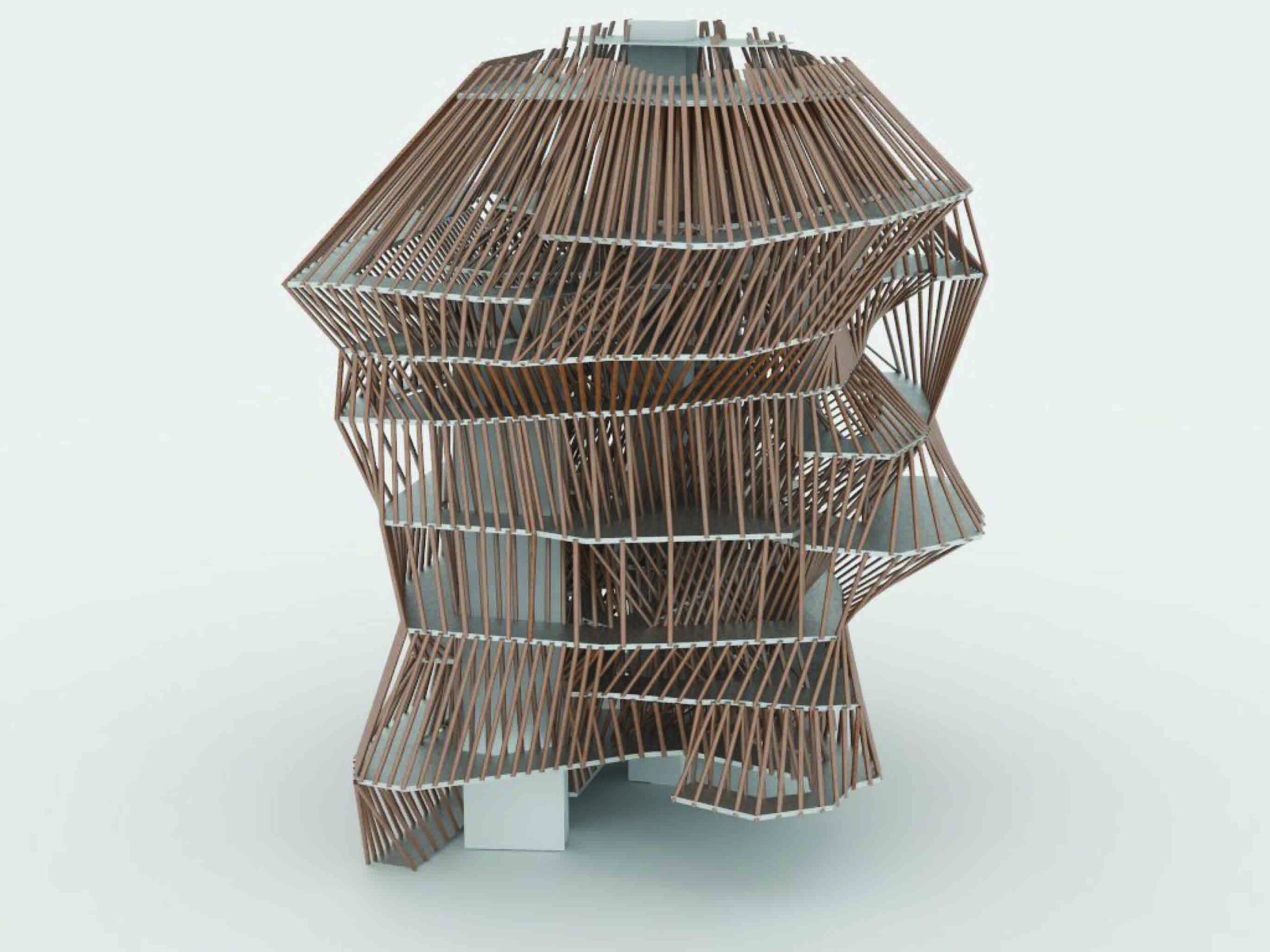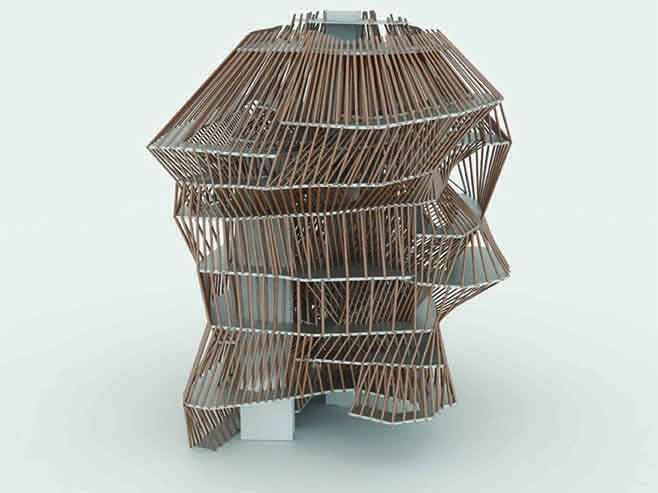
Crisis of the Monument
In the world’s most touristic city, a monument explicitly to nothing.
The preservation of architectural works has and continues to grow exponentially. Both UNESCO and the World Heritage Committee not only regularly include more works to be preserved but additionally increase the scale for how they are to be preserved.
With over 900 World Heritage Sites, 233 of which are cities. The architect is losing their place in the world. Are we dooming ourselves to a point where we can no longer build without interfering with pre-existing structures?
The data shows the breadth of World Heritage Sites, spanning over time, location, and theme. Yet interestingly still highly Euro-centric and post-Renaissance. Along with the growing trend of heritage and preservation we have the booming market of tourism. The marriage between heritage and tourism has been proven through the official partnership through the United Nations Education, Scientific, and Cultural Organization (UNESCO) and TripAdvisor. The inevitable pairing has resulted in the commodification of cultural heritage - turning a city’s monuments into profit makers.





One of the most iconic World Heritage Cities and tourist hubs is Florence, Italy. Due to its classification, UNESCO has locked Florence into a 400 year old city; just another attraction for its many museums.
Due to the connection of UNESCO and TripAdvisor, the top 25 cultural sites of the city (those highly recommended as a “Must See”) become tourism beacons, inviting a commercialization of its neighboring zone. Each recommended site of the city is surrounded with forms of commercial tourism: hotels, restaurants, and shopping. Engulfed in a bubble of commerce, the sites themselves start to adapt and become another commodity.
Narrowing down into Florence’s Piazza Signoria, we have one of the most touristic sectors of Florence, housing the Palazzo Vecchio, the replica of Michelangelo’s David, and the Uffizi Gallery Museum. The museum has been in works of installing a new exit on its east side and in 1998 Isozaki won a competition to do so. However, the discovery of ruins beneath the surface halted construction.
The small plaza is an ideal place for an intervention without conflicting with preconstructed works. As not to disturb the ruins beneath, a new tower shall rise above the ruins and above the city.
This tower will react to the views that make Florence famous, but rather than cater to the tourists, the tower will purposefully interfere with ideal sights. The physical form of the tower molds itself to find the ideal viewing corridor for site. However, the exterior cladding varies in density, increasing as one approaches these ideal viewing locations. The result is a tower that masks the iconic TripAdvisor recommended sites and instead starts to open and expose less known parts of the city of Florence.




